
What Is the Purpose of the Small Bumps on the Rice Paddle in a Rice Cooker?
If you own a rice cooker, chances are you’ve also seen the rice paddle that comes with it. At first glance, it looks like a simple spoon for serving rice, but one small detail often raises curiosity: the tiny bumps or dots covering its surface. Why are they there? Are they just decorative, or do they actually serve a purpose?
Surprisingly, those bumps are not random. They are carefully designed features that make your cooking experience easier and more efficient. Let’s take a closer look at the reasons behind these little dots and why they matter.
1. Preventing Rice from Sticking
The main purpose of the bumps is to prevent rice from sticking to the paddle. Freshly cooked rice is naturally soft and slightly sticky due to the starch released during cooking. A completely smooth surface would cause grains to cling tightly, making it difficult to serve.
The bumps reduce the contact area between the rice and the paddle. Instead of sticking flat against a smooth surface, rice grains touch only the raised dots, which makes them easier to release. This simple design feature saves time and reduces frustration.
2. Making Serving Easier
Because rice does not cling as much, the bumps make scooping and serving rice smoother and cleaner. You can quickly fill a bowl without constantly scraping off sticky grains. This also helps when preparing multiple servings for family meals, saving effort with every scoop.
In addition, the bumps provide a subtle grip against the rice, allowing you to portion and shape servings more easily. This is especially useful when making rice balls or serving sticky rice varieties.
3. Improving Hygiene
When rice sticks to a smooth paddle, small clumps may remain behind, eventually hardening and becoming difficult to clean. These leftover bits can harbor bacteria if not washed thoroughly.
The bumps help rice slide off quickly, which means less residue is left behind. Cleaning becomes easier, and hygiene is improved since there are fewer hidden grains stuck to the paddle.
4. Enhancing Durability of the Paddle
Many rice paddles are made from plastic or heat-resistant materials. The bumps help distribute pressure evenly when scooping rice, preventing scratches or wear that might happen if all the force were applied on a smooth surface. Over time, this small detail helps extend the life of the utensil.
5. Providing Better Grip in Your Hand
Interestingly, the bumps are not just for rice—they also help your hand. Some paddles have textured backs or handles with bumps that prevent slipping when your hands are wet or oily. This ensures a safer and more comfortable grip while serving.
6. A Design Feature Rooted in Everyday Use
Manufacturers did not add the bumps randomly. They were developed after observing how people actually use rice paddles. The goal was to solve two common complaints: rice sticking too much and difficulty cleaning. By adding texture, they created a simple yet effective solution that has now become standard in most rice cookers worldwide.
7. Alternative Materials and Their Effects
While bumps are the most common design, some paddles are made with alternative materials to reduce stickiness:
-
Wooden paddles: Traditionally used in some cultures, they naturally resist sticking but require more care to stay clean.
-
Silicone paddles: Smooth yet non-stick by material, often used for modern cookware.
-
Plastic paddles with bumps: The most common choice, combining durability with anti-stick texture.
Regardless of material, the bumps provide extra assurance that rice won’t cling too much.
8. Tips for Using the Rice Paddle Correctly
Even with bumps, there are ways to make the most of your rice paddle:
-
Slightly Wet the Paddle: Dipping the paddle in water before scooping helps rice slide off more easily.
-
Use Gentle Motions: Instead of pressing hard, use smooth scoops to avoid crushing the grains.
-
Clean Immediately After Use: Wash the paddle soon after serving so no rice hardens in the bumps.
-
Avoid Harsh Scrubbing: To maintain the bumps, use a soft sponge when cleaning instead of abrasive tools.
9. Why This Small Detail Matters
The bumps may seem like a minor design choice, but they improve daily life in several ways:
-
Save time when serving rice.
-
Keep meals neat and presentation clean.
-
Make washing easier and more hygienic.
-
Extend the durability of your kitchen tool.
It’s an example of thoughtful product design—how a small adjustment can make a big difference in everyday convenience.
Final Thoughts
The small bumps on a rice paddle are not decorations; they are a clever design feature with real benefits. They prevent rice from sticking, make serving smoother, improve hygiene, and even help with grip and durability.
So, the next time you scoop rice from your cooker, take a moment to appreciate this simple yet effective detail. Sometimes, the smartest solutions in the kitchen are the ones that look the smallest.
News in the same category

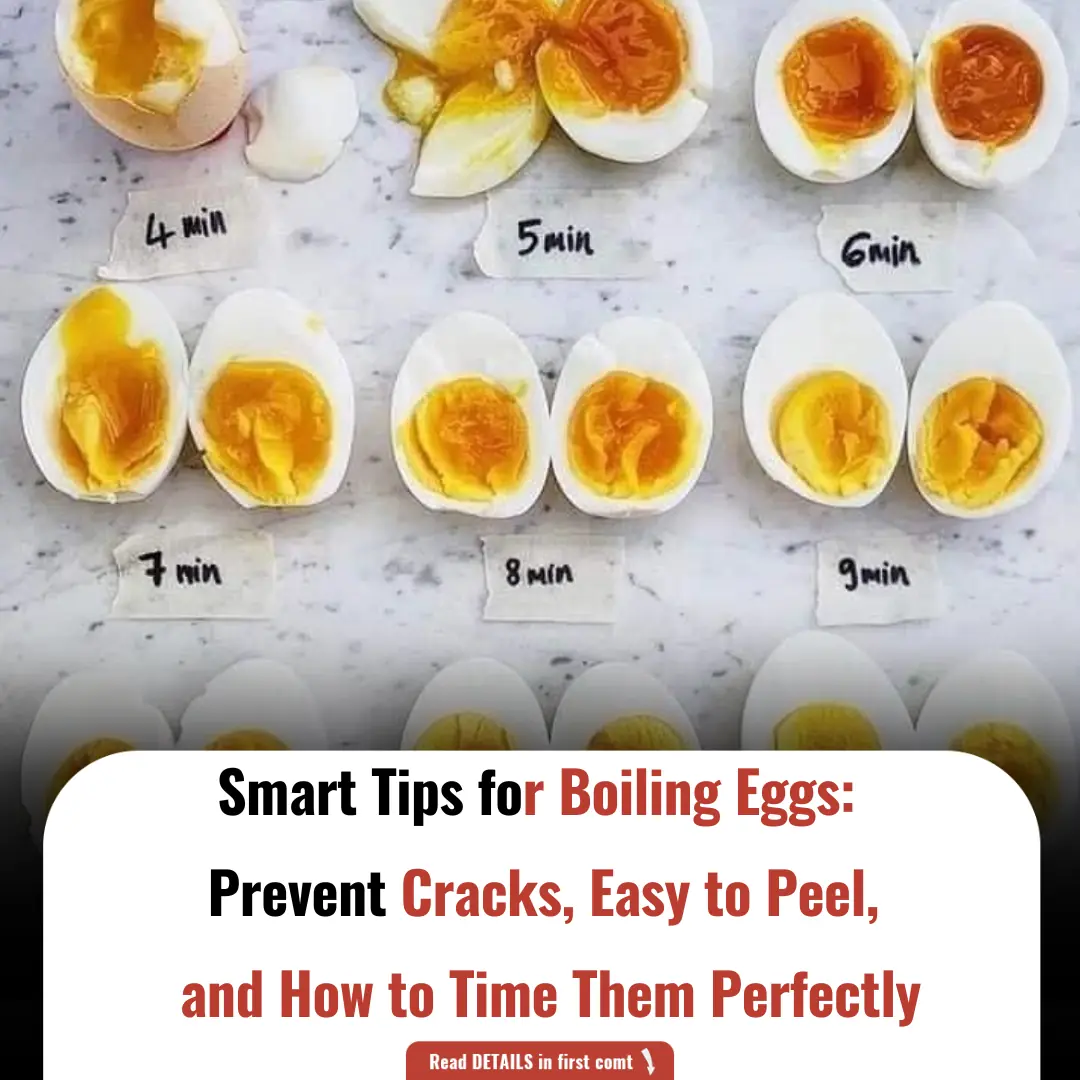
Smart Tips for Boiling Eggs: Prevent Cracks, Easy to Peel, and How to Time Them Perfectly
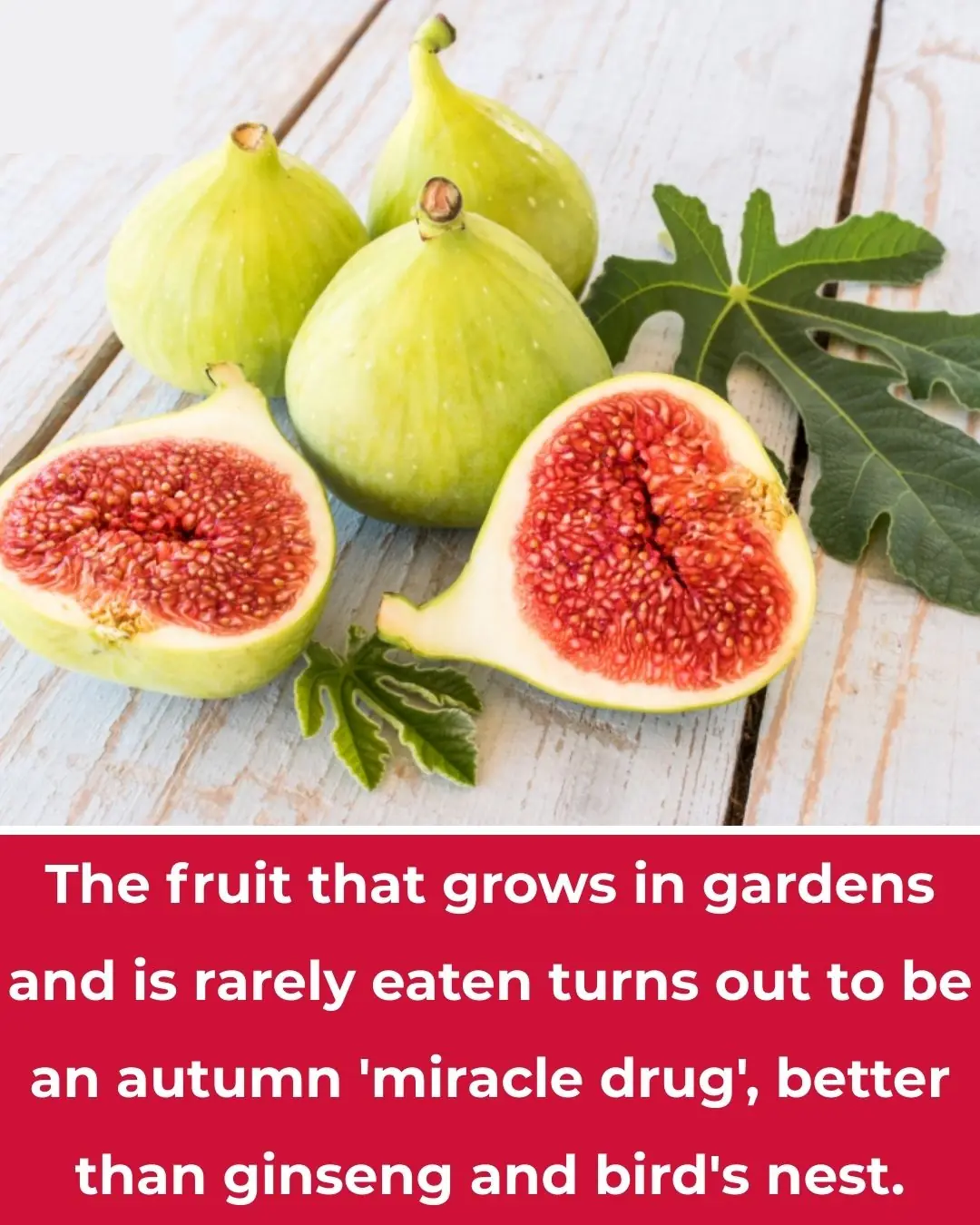
A Fruit Growing Abundantly in Gardens That Few People Eat Turns Out to Be an Autumn ‘Miracle’ Better Than Ginseng and Bird’s Nest
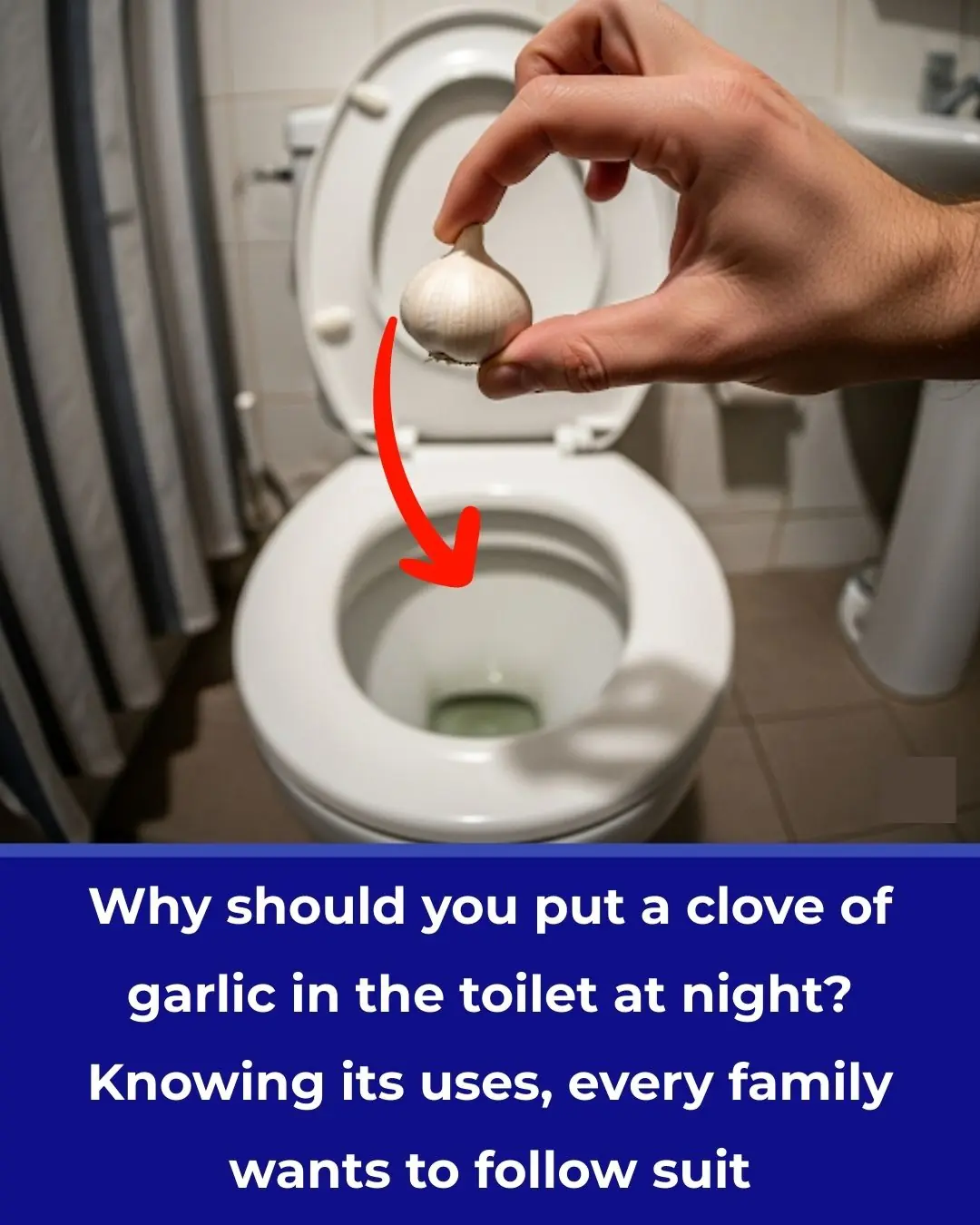
Why Should You Drop a Clove of Garlic into the Toilet Bowl at Night? Knowing Its Benefits, Every Household Wants to Try It

Revealed: How to Make Ceramic Tiles Sparkle at Home – Without Spending a Dime
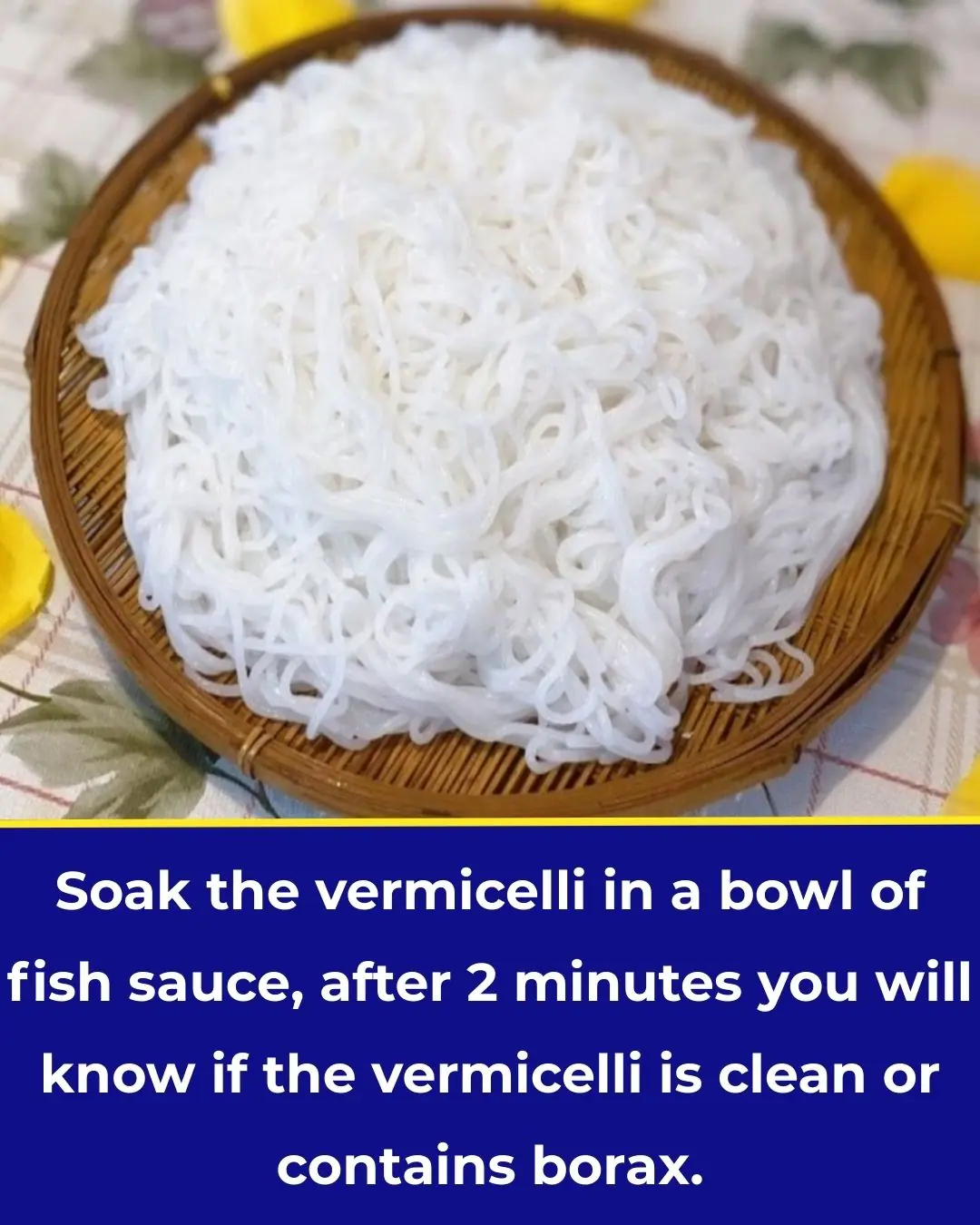
Soak the vermicelli in a bowl of fish sauce, after 2 minutes you will know if the vermicelli is clean or contains borax.
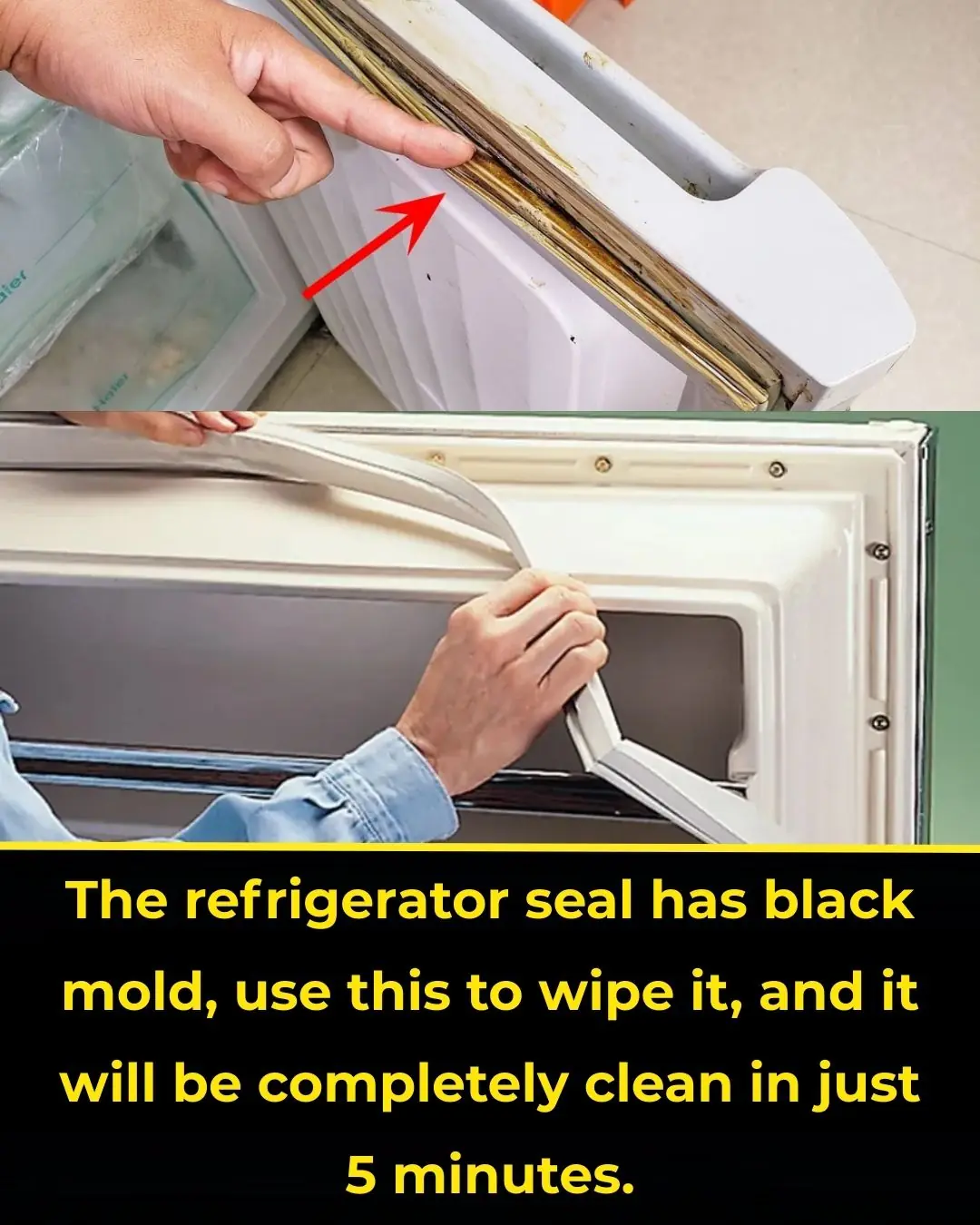
The refrigerator seal has black mold, use this to wipe it, and it will be completely clean in just 5 minutes.

What Is the Small Cap Inside Cooking Oil Bottles For? Simple But Extremely Useful

A Trick to Repel Rats Using Common Household Ingredients, Keeping Your Home Clean, Fresh, and Rat-Free
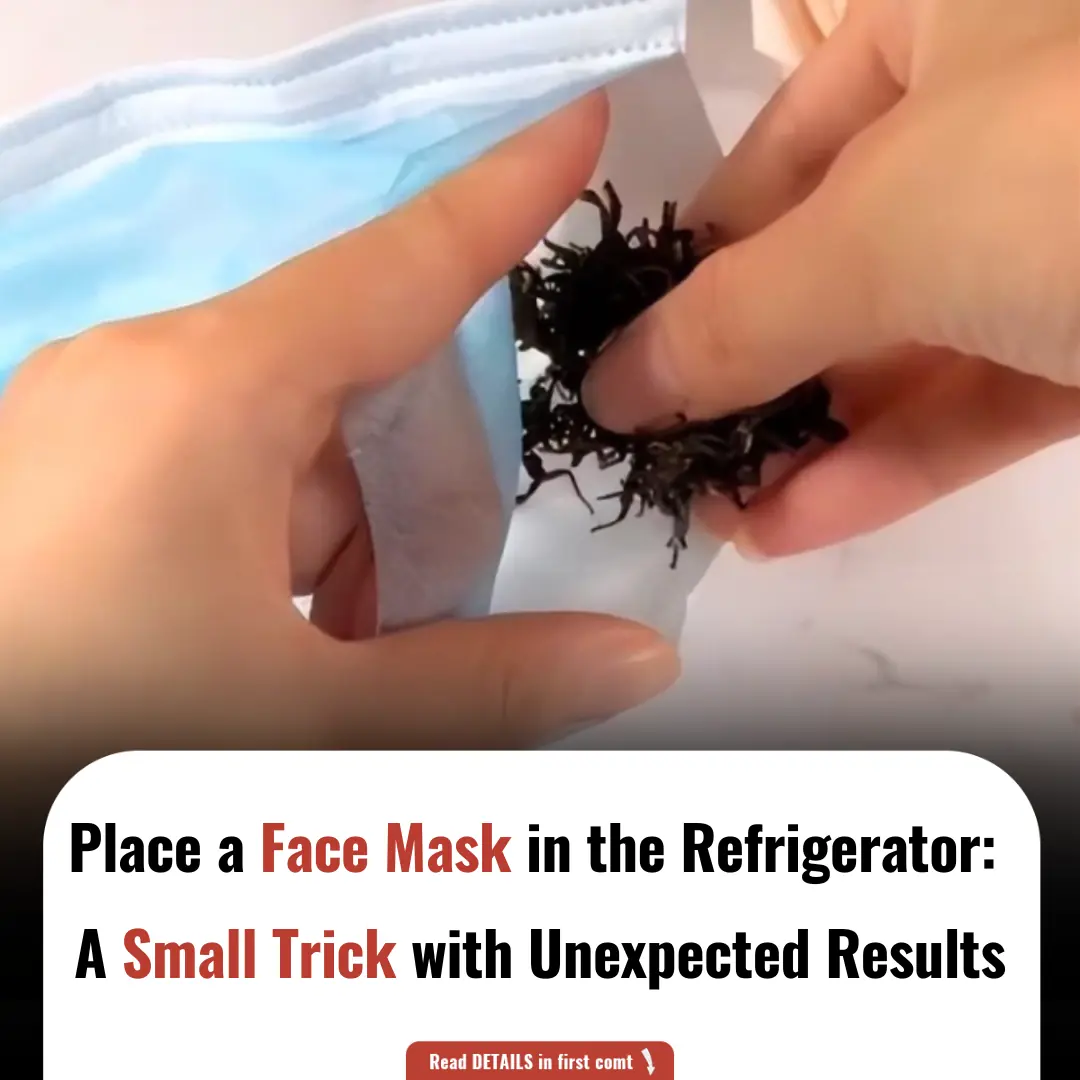
Place a Face Mask in the Refrigerator: A Small Trick with Unexpected Results

Put Ice Cubes in Your Clothes Dryer, and You’ll Be Surprised by the Results

Why You Should Put Coins in the Refrigerator?
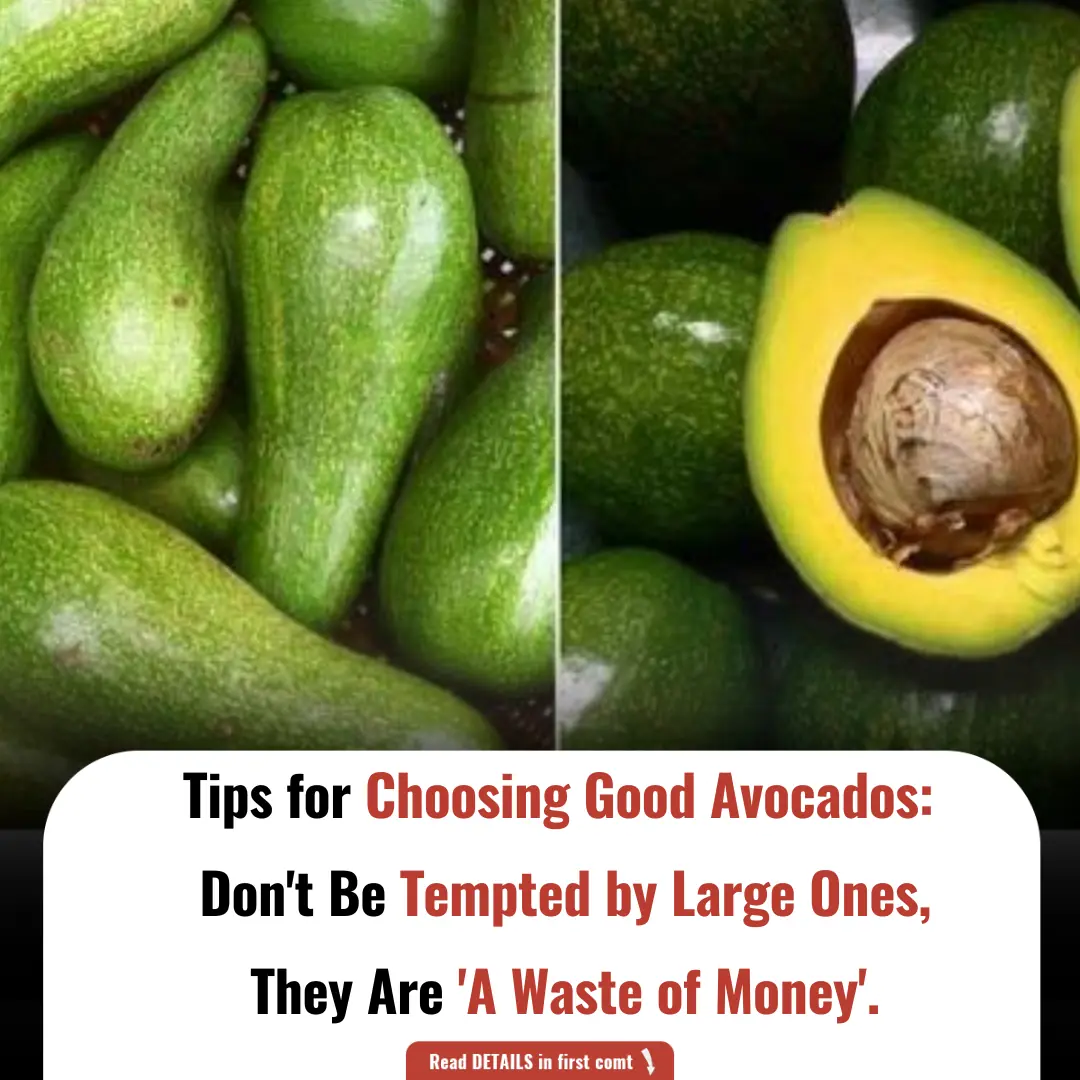
Tips for Choosing Good Avocados: Don't Be Tempted by Large Ones, They Are 'A Waste of Money'.

Weak Toilet Flush with No Suction Power? A Simple DIY Hack from the Pros

Don’t Throw Away Rotten Tomatoes – The More Rotten, the More “Valuable”! Few People Know This, So Share It with Your Family

Treat Premature Gray Hair with a Natural Dye Using Tamarind and Potato – Cheap and Effective!

Here are 3 coffee drinking habits of many young people that can accelerate aging and cause various health problems

It's not a snake, this is the "a:ss@ssin" that can crawl out of your air conditioner at home.
Why Should We Not Open the Bedroom Door at Night?

8 Body Language Tips to Help You Appear More Confident
News Post

🌿 Can Papaya Leaves Turn Gray Hair Black Naturally? Unlock Nature’s Secret to Vibrant Hair

Japanese airport has never lost luggage in over 30 years – This is why

The Ultimate DIY Clove Skincare Routine

A Company in Kenya Builds Houses From Recycled Shipping Containers – Solar-Powered and Ready in Days

5 Types of Drinks You Shouldn’t Store in a Thermos

Smart Tips for Boiling Eggs: Prevent Cracks, Easy to Peel, and How to Time Them Perfectly

🥕 3-Day Carrot-Based Detox: Cleanse Your Liver and Intestines Naturally

Coconut Oil for Hair Growth – Add this in your Hair Oil

What Terrible Things Happen When Women Lack Intimacy? A Painful Yet True Reality

Why You Should Never Place Your Bed Like This
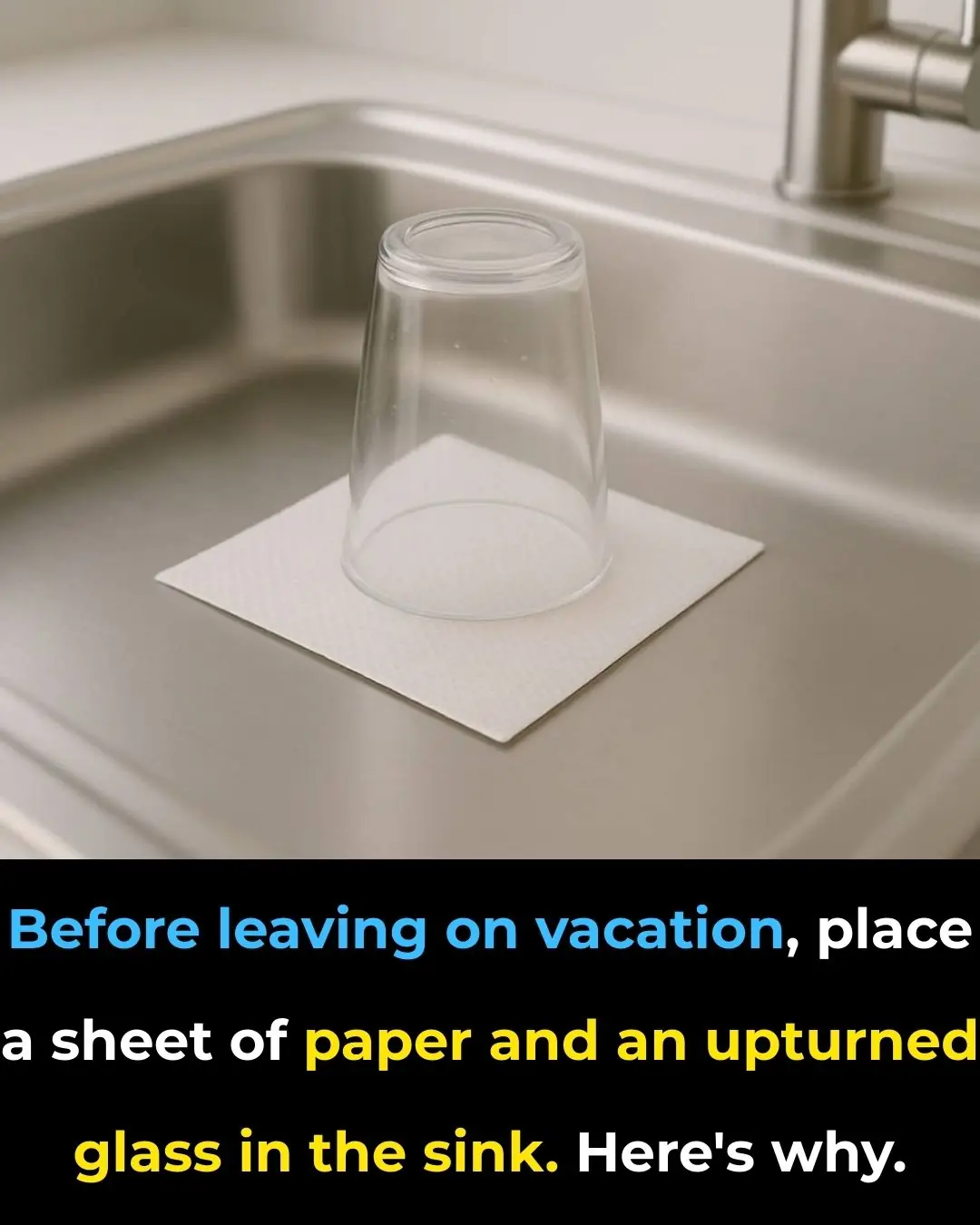
Sink Trick You Should Always Do Before Vacation
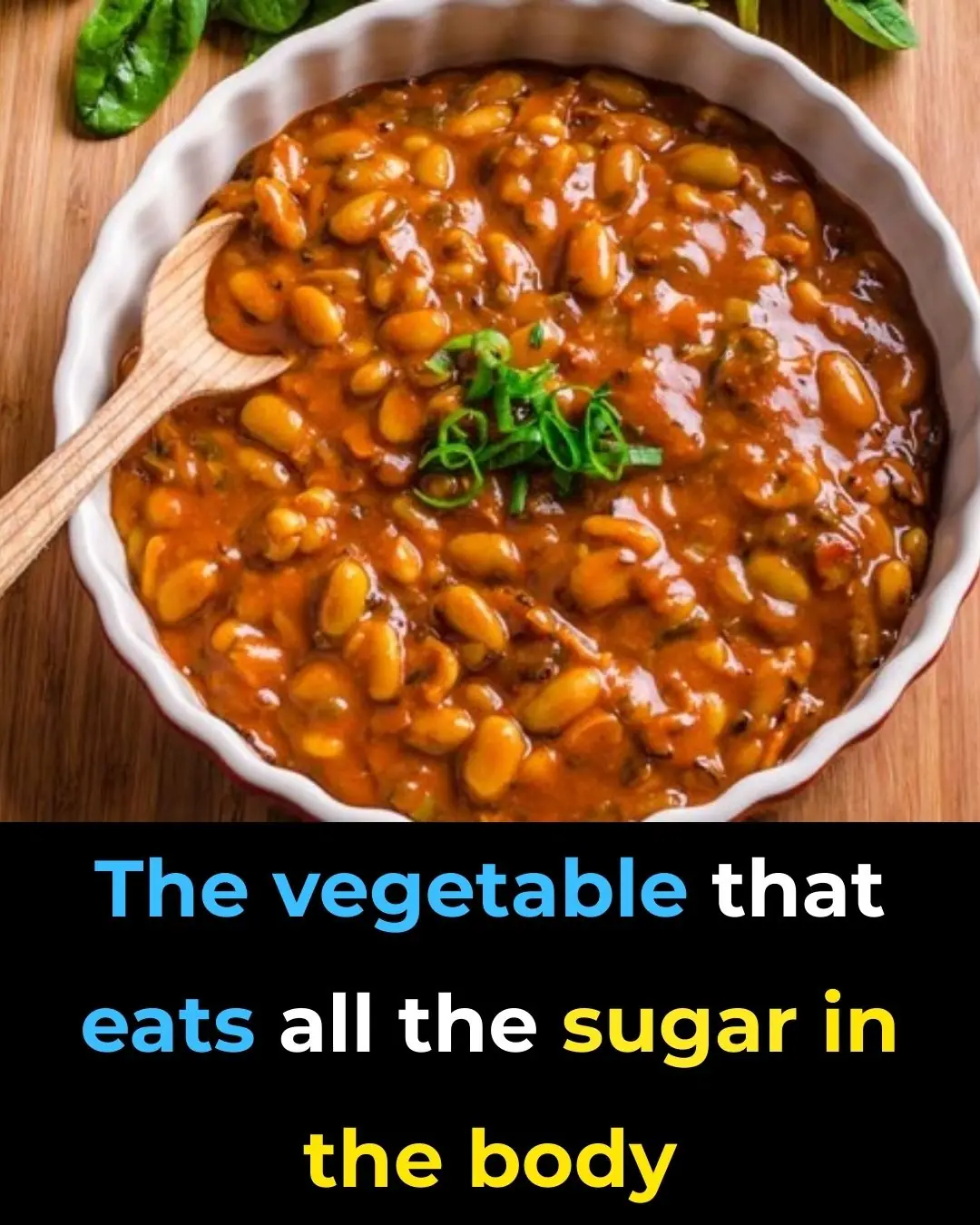
10+ Foods That Naturally Lower Blood Sugar Levels

Elon Musk Issues Serious Warning on Japan’s Population Decline

A Fruit Growing Abundantly in Gardens That Few People Eat Turns Out to Be an Autumn ‘Miracle’ Better Than Ginseng and Bird’s Nest

Why Should You Drop a Clove of Garlic into the Toilet Bowl at Night? Knowing Its Benefits, Every Household Wants to Try It

Revealed: How to Make Ceramic Tiles Sparkle at Home – Without Spending a Dime

If your private parts smell fishy, it’s something you should be aware of

Soak the vermicelli in a bowl of fish sauce, after 2 minutes you will know if the vermicelli is clean or contains borax.

The refrigerator seal has black mold, use this to wipe it, and it will be completely clean in just 5 minutes.
